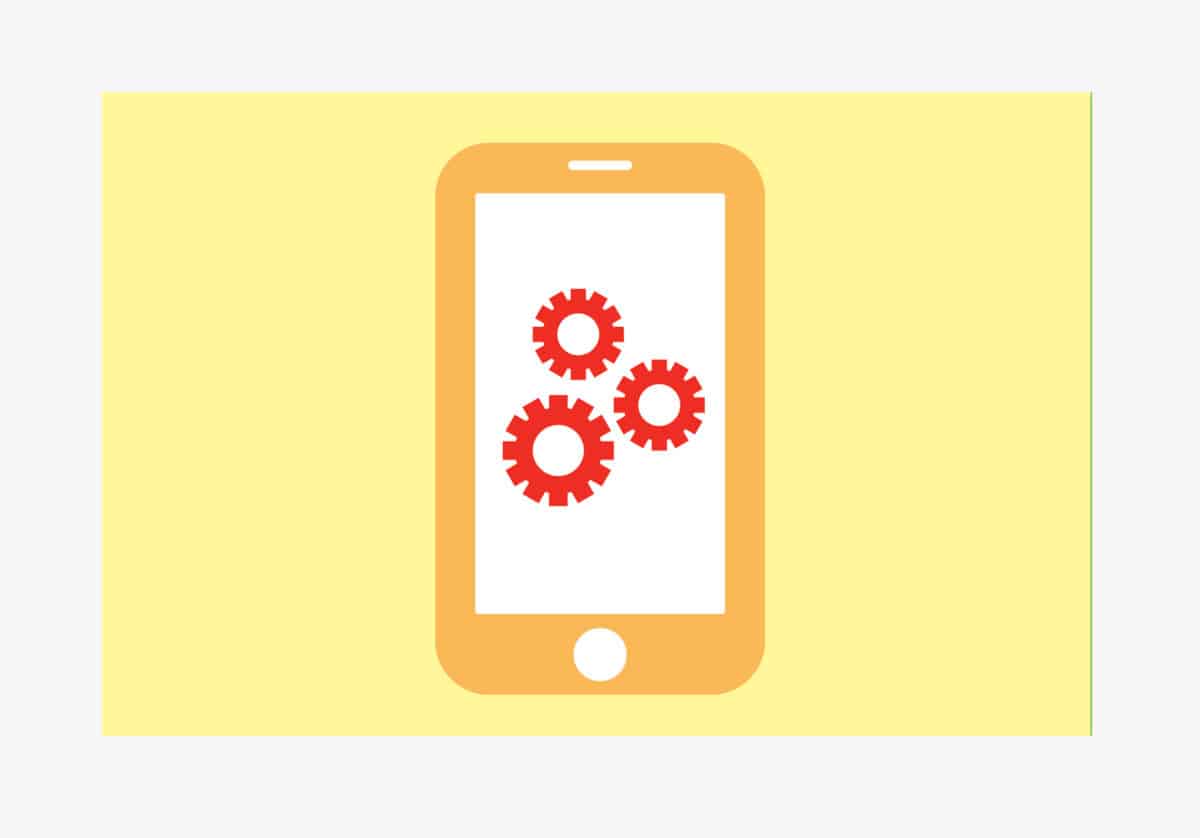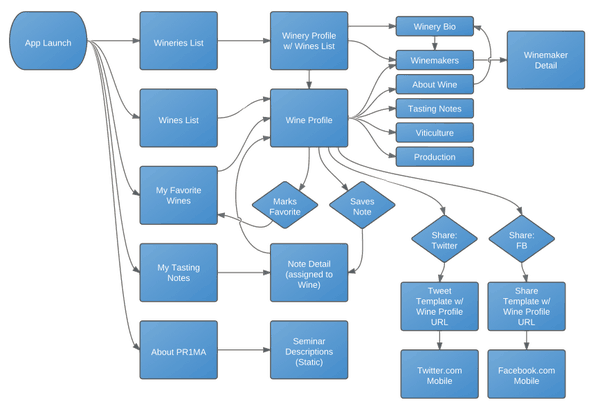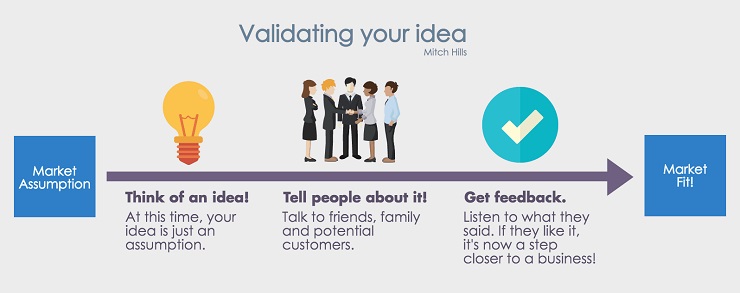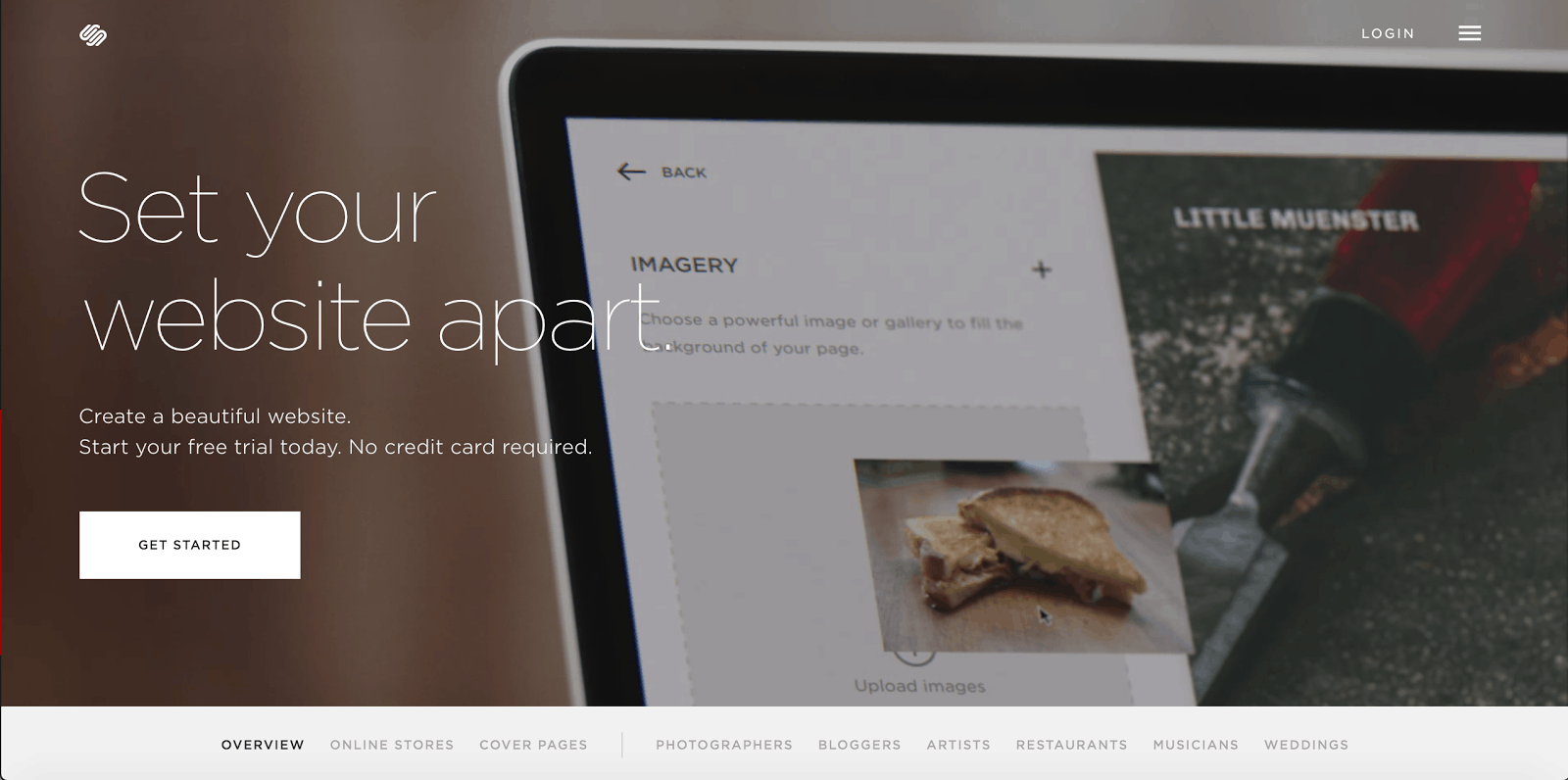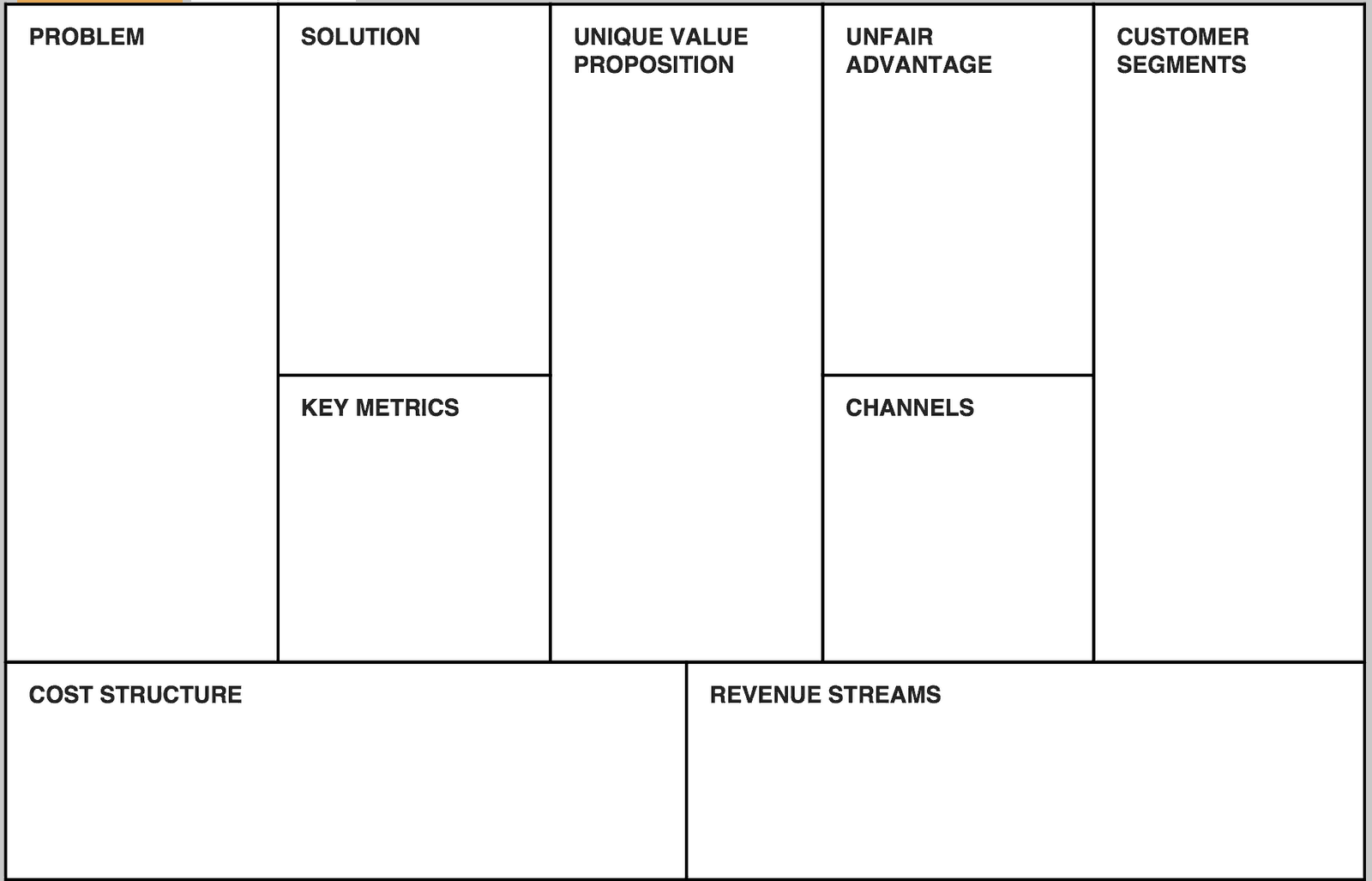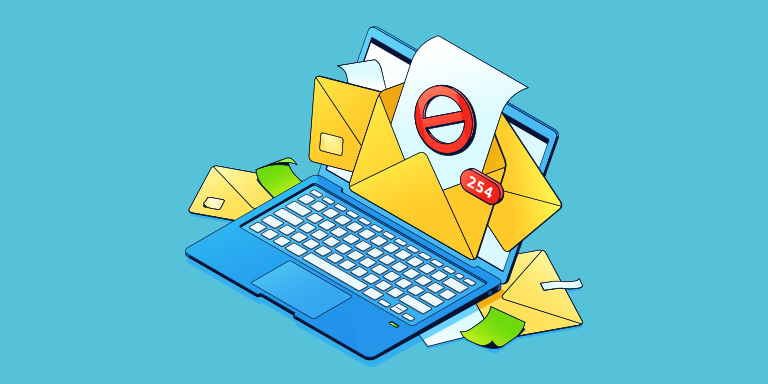APPS! They are everywhere. We are living in the information and technology age, and apps are more prominent now than ever—there are more iPhones sold than babies born per day!
Almost every person you’ll meet has some idea for an app. It’s something that everybody probably thinks of at some point, but few follow through. And if you’re actually serious about it, where do you even begin? How do you make it? How much does it cost? How long does it take? How do you make money?
As founder of the AroundAbout app, I’ve dealt with many of these questions, and I hope to answer some of them for you, and point out some important things to watch out for if you do decide to go down the app road. There are so many things I could talk about here, so I’m going to try and just touch on the main points. Here we go!
PS: There are some secret golden nuggets in here, so if you see one labeled such, pay close attention!
Making a Good App
It sounds obvious, but quality is easily the most important thing here. No matter what marketing stunts you pull off, if your app sucks, people won’t like it and it won’t last. You might even manage to get five- or six-figure downloads somehow, but if there’s no value, they will leave, and retention is one of the most important things when measuring the success of an app.
Some important factors:
Build It For a Market
BIG key point here. If you are building an app, you have to make it for a market. What I mean by this is, you need to create a product based on people’s needs and wants—you can’t force people to like something just because you do. Define a need or a hole in the market, and solve it, don’t create something you think is cool without considering everyone else.
This goes for most businesses. Say, for example, I love spiky, shiny, metallic silver shoes. In this scenario, I absolutely love them. But that doesn’t mean everyone else will. Sure a few people might, but probably not enough to support my spiky shoe business. You need to make something that a defined market WANTS. Find that itch in the market, and figure out how you can scratch it better than everyone else.
Golden nugget: Also note that people buy what they WANT, not necessarily what they NEED. So while you should still make something they need, keep in mind they will buy based on what they WANT.
Design Is Critical
Your app needs to look fantastic, and it needs to be easy to use. The user interface is one of the most important things, and it needs to flow so well that the user thinks, “This just makes sense.”
Get The Ultimate Guide to Creating The Perfect App Checklist!
Beautiful apps are simple and inviting, and they understand the user’s behavior better than they do. People make their minds up very quickly, so if it’s too hard to figure out, people will leave. Make it easy, make it gorgeous.
How Much Does It Cost to Make an App?
This a very common question when it comes to apps, and although it varies greatly depending on the app, it’s not as cheap as you may think. People who have never done this before can radically undervalue the time and effort it takes.
It isn’t simply: “It should do this, so make this.” No, not at all. It takes a lot of planning, designing, coding, and back end work, and as with most things, you get what you pay for.
The cost to build an app will vary depending on its complexity. Things like using the user’s location, size, functionality, etc., are all taken into account. They can range from $1,000 – $250,000+. But I would say the average cost is around $40,000.
Golden nugget: If you want to save money, plan as much as you possibly can before talking to developers. Write the concept, what it needs to do, create a flow chart, sketch it, create wireframes and THEN contact a developer. If you have design experience, I also recommend trying to design some of the interface because that will save you tons. Anything you don’t do, you pay someone else to figure it out for you—trust me, I went wrong here! Below is an example of a flow chart for a wine app from Think Applications.
Get Advice from Experienced People
As you are probably aware if you’re reading this, there might be a lot that you don’t know about apps. I certainly didn’t when I started! There is SO much for you to learn, and if I can give you any advice, it is to talk to people who’ve done it before.
They can tell you what to change, who to talk to, or even if your idea needs a total pivot. Apps can be quite different from conventional businesses, so you want to have people around you who can help. This will also help with the next point:
Don’t Get Ripped Off
When you’re an amateur at something, you are very vulnerable. Because there is so much you don’t know, you won’t know which advice to take. There are sharks out there, like development companies, SEO companies, marketing companies and more, that want your cash. Even if you’re a small startup, some people will twist you into thinking you need their services and then charge you a limb for something you can do without.
I do get it though. You’ve never done this before, so you should listen to the professionals, right? Wrong. They have their hands in your pocket, so of course they’re going to say you need them. This is why you should speak to experienced people who are unbiased. This is one of the reasons I set up my community The Exceptions Network.
I have been ripped off many a time.
My most expensive mistake was not doing enough research before choosing a development company, so I couldn’t recognize when I was being overcharged. Another time, I wanted to trademark my app’s name and logo, and a lawyer told me it could be filed for $1,100. I did it myself for $240! One more example, a web marketing company wanted to charge me $3,000 a month for a marketing campaign on one platform when we hadn’t even done any testing to see which platform would work the best!
I’m not saying other businesses can’t help—they may be great at what they do and get results, but often it’s not worth the money. You are better off testing and trying it yourself, and at least learning along the way.
Do your research before you commit to something, and be careful of the schemes where you have to pay an upfront fee for the “pre-development consulting” or a deposit. They’re designed to get you invested early, meaning you’ll probably go with that company. Sneaky!
Where Do I Start?
Validate
First of all, you need to validate your idea. Because right now, your idea is just an assumption. Until you talk to people and find out that you’re solving a real problem or making something really interesting, it’s all guesswork. Validating that assumption turns it into a potential business.
Keeping your idea a secret is a very common cause of startup failure. You must share your idea. A quick note here, whatever you do, please do not go around asking people to sign an NDA before you tell them your idea (there’s a time and a place for that). EVERYONE has ideas – it’s the execution that counts.
YOU are what will make it successful, not just the idea, and even if what you are doing has been done before, how can you make it better? Uber didn’t invent transport, they just made it better. AirBnB didn’t invent accommodation, they just made it better. Netflix didn’t invent television, they just made it….you get the idea.
So what’s the best way to tell people? Let’s find out!
Elevator Pitch
To validate, you need to talk to people. And by people I mean friends, family, strangers, and most importantly, potential customers. The best way to do this is with an elevator pitch.
An elevator pitch is a short and persuasive pitch. It describes the core concept of your business in around 10 seconds. It’s rarely actually in an elevator (in fact I’ve never even done mine in an elevator), but it’s important to be able to pitch quickly.
One of the biggest frustrations I have is when people try to pitch me their ideas and they ramble on with all these buzzwords and fancy phrases they learned in school that mean literally nothing. If you do this to an investor, they will walk away from the conversation, because you’re wasting their time. So, how do we stop that from happening?
Creating your elevator pitch can be trickier than you think. It’s actually quite difficult to simplify something down to its core elements. As Albert Einstein once said, “If you can’t explain it simply, you don’t understand it well enough.” To help you I’ve added a template:
My company (name of company) is developing a (a defined offering) to help (a defined audience) to (solve a problem) with (your secret sauce).
Fill in the gaps for your idea and then you’ve got yourself an elevator pitch! It doesn’t have to be exactly the same, but it does need to outline these core elements. Here’s mine as an example:
AroundAbout is the Tinder for food. We help people aged 18 – 35 years old find the best food around them with our free and fun swiping app, as well as rating every single plate on the go and storing their favorite places.
You don’t have to go crazy and try to sell them with this, the point is to gauge interest, so keep it short and sweet. If they are interested, they will ask more questions about it, and from there you can go into more detail. Use it to solidify your idea in your own head, and validate the business model. Use the elevator pitch to tell people about your idea and get feedback.
Golden nugget: Continue to tweak this, as you can always improve it. Listen to how people respond. If they are asking questions that you could’ve answered in the pitch, keep molding it. Also, don’t use buzzwords—explain it like you’re explaining it to a 6-year-old!
Start Small
I recommend most people first consider whether their app idea can be a website. Websites are much cheaper, and they’re a great way to do deeper validation. If it’s possible, make a website, do some cheap marketing, and if people end up using it, build that up and then make an app.
This way you clearly have a market fit and something people want, and you’ve also got a few guaranteed users. I recommend creating your own website on www.squarespace.com (great to learn) or if it’s more complex, get a freelancer to do it for you. Outsourcing is always cheaper. Also, definitely check out prototyping websites like Invision, where you can create a functioning, moving platform with real designs, sketches, or drawings.
Pick the Right Team
Tying into the point I made earlier about getting professionals to help, you also need the right team. If you’re not doing it yourself, you need a good co-founder who you work with well.
Surrounding yourself with the right people is the key to success in business and life, not just apps, and picking the wrong people is a very common cause of failure. You are about to invest your time, money, and honestly, a huge chunk of your life into this, so you need to be working with people you have synergy with.
Read the Ultimate Guide to Creating the Perfect Founding Team
You also need emotional support from mentors, friends, or family, because there will be times when you think to yourself, “What on earth am I doing?” There will be days when you feel like you’re in too deep and you’ve bitten off more than you can chew. These people will help you through them, and it’s worth persevering. Keep pushing until you make it! Perseverance is critical.
Golden nugget: Never assume that because you are friends or family that “it’ll be alright.” As soon as money is involved, things change, and it’s important to know who stands where and who owns what from the very beginning. It’s not the most fun conversation to have, but it is absolutely necessary and will avoid so much drama and heartache if things go south.
Keep an Open Mind
Pivoting. This is when you start out with an idea that turns into something else. This is okay! It’s also very common. It might not be what you expected, but it’s not a bad thing.
Get The Ultimate Guide to Creating The Perfect App Checklist!
Twitter started as a podcasting company. Flickr was an online role playing game. Instagram was a check-in app with gaming elements that was too complex, so they stripped it all and focused on photos.
The point is, on the journey of creating your app, read and listen to the market. What do they want most and how can your platform deliver that?
Competition Is Good
Sometimes people have a business idea then realize it’s been done already and give up. This is the opposite of what you should be doing! Just because something exists, doesn’t mean it shouldn’t be done. It’s actually a good thing, because not only does it validate that market, it gives you an opportunity to do what they are doing even better, with a market that is actively buying what you wish to do.
This is actually one of the best ways to start an app. I mention this regularly—rather than thinking of business ideas, think of problems you can solve. If someone is already solving that problem, how can you solve it better? Google was the 15th search engine! Should they have given up just because there were already search engines? Of course not. Keep in mind, there were people who thought cars were unnecessary because horses were around.
Here’s an interesting story. There was a man who was browsing apps and saw that the Spanish bible apps were poor. He spoke Spanish and decided he could make this app better. He developed a basic platform and now makes over $100,000 a year for something he spends one hour a month on. He’s not even religious! It happened almost by accident.
Developing Your App Idea
This is how you can plan your business in a matter of minutes, rather than spending countless hours writing a pointless in depth business plan (you can do that later when you want investors).
It’s called a Business Model Canvas. This takes all the most important factors of your app and simplifies them down. By doing this, you’ll realize one of two things. 1) You’ll know whether your idea is worth pursuing at all, or 2) you’ll realize there are sections you need to learn more about or improve/change. Print out a large version or draw it on a large piece of paper or a white board and use post it notes to fill in the gaps.
Raising Money
You have an idea, but no money. Welcome to club! Obviously a very common problem. There are a few ways around this.
1. Start your company with a technical co-founder. You need the business side, and the technical side. You can use an equity calculator to decide who gets what, but this way you are using skills that compliment one another to bring your idea to life. It can be difficult to find someone willing and capable enough to work with you, but it’s certainly a common solution, so get out there and start searching.
2. Raise money from friends and family.
3. Pitch to an investor. There are many investors out there, although it’s difficult to score one without a tangible product. Also, it’s not always a good thing having an investor on your back. They can be very controlling, and you lose flexibility while having added pressure. They often want quick turnaround on their investment, which means when your company takes off, they may want to sell even if you’re not ready.
4. Crowdfunding. Sites like Kickstarter and Indiegogo can certainly be a good way of raising funds.
Making Money
At this point, you may already have some idea of how your app would make money, but here are a few ways that apps bring in revenue:
E-Commerce, e.g. Asos, eBay
Buying and selling that is conducted in an online environment. This is very simple and one of the most common, the major reason being that it’s relatively easy to set up. You just need to have products to sell, and then get people to buy them from your app or website!
SaaS or Software as a Service, e.g. Basecamp, Squarespace, Shopify
This allows people to access software on a subscription basis, paying monthly or yearly to use something without owning an actual product.
In App Purchases, e.g. Clash of Clans, Candy Crush, Spotify
This involves providing your application for free, while giving anyone who downloads the free version the opportunity to upgrade. Commonly known as “Freemium,” you encourage users to pay more for premium services or bonuses within the product. In the Clash of Clans game, you can purchase gems, which allow you to buy items in game or speed up gameplay.
Ads & Media
Having in-app ads: Bannepop-ups ups etc. This is common in games, because users give a lot of attention and time to these apps. This method can go one of two ways—it will either make you barely any money at all because the cost per impression is tiny, or if you have an incredibly successful app with millions of users, you can make a fortune. Flappy Bird was making $50,000 every single day.
It’s worth noting that ads are not the best method unless you are going for that really high volume approach. Not just because the margins are really low, but because ads are annoying as hell. Nobody likes them, and you annoy users. So keep in mind whether it’s worth it or not.
Platform Models, e.g. eBay, Amazon, UpWork
These models are premised on resolving an inefficiency—they connect two sides of a market together. This can be a big money maker, but they are one of the hardest, because you have to build a two-sided marketplace at the same time.
What I mean by that is in the eBay example, buyers won’t use it unless there are sellers, and sellers won’t use it if there are no buyers. It’s a chicken and egg scenario, meaning you have to build two markets simultaneously. That can be very hard and very expensive.
A Buyout
This is not a revenue model, this is simply growing your app big enough that you are bought out by a competitor. This is where the database holds the value. Even if you’re making no money, if you have hundreds of thousands of users, that’s very appealing to larger companies. Imagine you own a blank billboard that hundreds of thousands of targeted people are seeing every day. People will want to buy your billboard!
Get The Ultimate Guide to Creating The Perfect App Checklist!
This is just a brief rundown, so I’d encourage you to seek out more detail on each approach as you figure out your own path.
Conclusion
There are so many more points, tools, and resources I could go on to talk about, but I will save them for now. Hopefully this helps you get started on your tech journey! The app world is a very exciting one, and I would love to see you venture down your entrepreneurial path. Hit me up on Twitter or Instagram below so I can see what you’re up to.
Any great tips I missed or cool apps you’re working on? Let us know in the comments!
